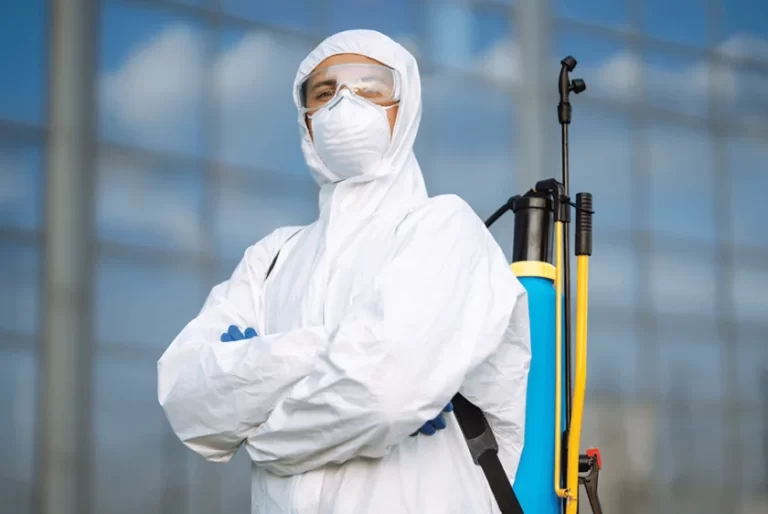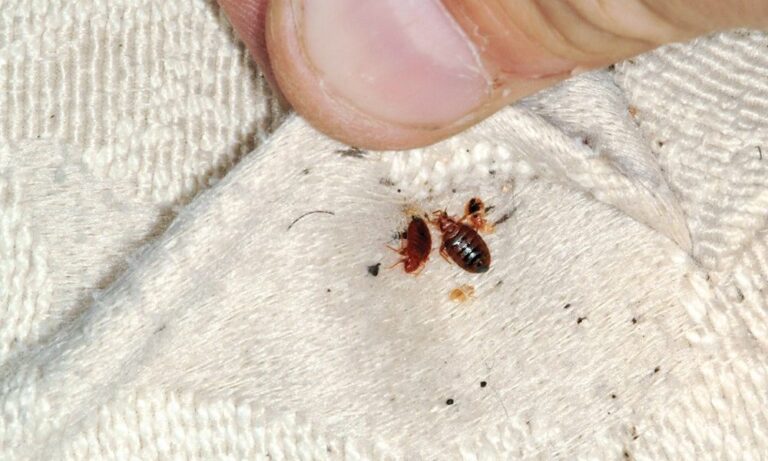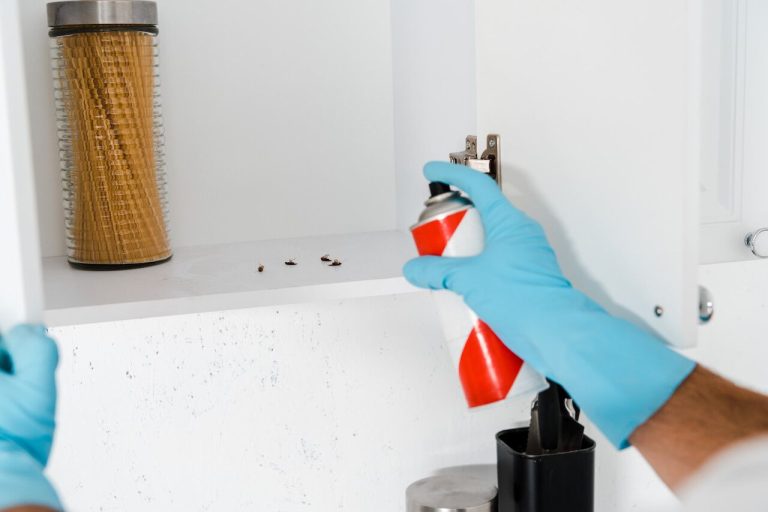
In a society of limitless consumer preference, finding the precise correct tool for the application can be highly problematic. Even determining the water pH raises the vexing problem of “where do I begin?” Fortunately, the pH is detected using an industrial pH probe, with a standard range of 0-14. pH is used to determine how often hydrogen is present in a sample, commonly a liquid such as water. It could also assess the degree of activity of an h+ ion.
Furthermore, employing pH probes for measuring pH is critical in various sectors, so various pH sensors are available for different purposes.
What Is an Industrial Ph Probe?
Industrial pH probe, in operations involving pollutants, unclean water, water heating, trade wastes, or elevated purposes, dual connection or glassy body 12mm diameter probes are commonly utilised. These probes are often more significant, with a 34″ BSPM procedure connection, a more extensive electrolytes storage, and flattened tips to prevent fouling. There are types with high entry depths for use in big pipelines. Glass body probes can withstand higher temperature and pressure conditions than other probes.
What Is A pH Probe Range?
When it comes to measuring pH accurately in an industrial setting, a high-quality pH probe is essential. There are several terms for a pH measuring apparatus, as listed below:
pH electrode
It is often used with an integrated pH sensor unit to monitor pH in various industrial applications. Kindly see the pH electrode area if you’re seeking a substitute pH probe for this sort of application.
pH probe
It’s employed in the most abrasive industrial settings. These probes are built to withstand the hardest industrial conditions. It means that no aspect of the pH probe’s design has indeed been sacrificed to assure accuracy monitoring, greater longevity, and residual strength.
pH probe reference
An annular reference, commonly referred to as a peripheric junction, is utilised for an industrial pH probe range. Annual references are non-blocking, ensuring ongoing pH monitoring, and minimising the need to disconnect probes for cleansing, which is vital for industrial users.
Liquid Analysis
Double Junction MNPT WA M-11-HPH
- Temperature Range: 0-80°F
- The permeable Teflon liquid connection deters fouling and chemical assaults
- The solid source electrolyte cast-in-place aids in maintaining a steady source cell voltage
- The 360-degree installation is made possible by the internal plunger
- In certain situations, a dual junction source cell extends the service life
- Submergence with submerged probe attachment is possible thanks to 3/4 inch NPT connected ends
- Extra Submersible Adapter probe using TOP68 cable in a variety of lengths
WA OPF11-LH11B2 (M-11-HT)
Temperature Range: 0 to 110°C
- The permeable Teflon liquid connection deters fouling and chemical assaults
- The solid source electrolyte cast-in-place aids in maintaining a steady source cell voltage
- The 360-degree installation is made possible by the internal plunger
- Using a dual junction source cell extends the service life in some situations.
- Submergence with submerged probe attachment is possible thanks to 3/4 inch NPT connected ends
- Extra Submersible Adapter probe using TOP68 cable in a variety of lengths
WA M-12-HPH Concave End DJ
Bulb safety using a convex probe design
- Flat Sensor available (WA M-12-FLAT)
- The solid source electrolyte cast-in-place aids in maintaining a steady source cell voltage
- The permeable Teflon liquid connection deters fouling and chemical assaults
- The inner plunger allows for 360-degree installation
- In some situations, using a dual junction source cell extends the service life
- Submergence with submerged probe attachment is possible thanks to 3/4 inch NPT connected ends
- Extra Submersible Adapter probe using TOP68 cable in a variety of lengths
WA M-12-FLAT End DJ
- Using flat edge for rapid flow or simple cleaning
- Optional Concave Probe (WA M-12-HPH)
- The solid source electrolyte cast-in-place aids in maintaining a steady source cell voltage
- The permeable Teflon liquid connection deters fouling and chemical assaults
- The inner plunger allows for 360-degree installation
- In some situations, using a dual junction source cell extends the service life
- Submergence with submerged probe attachment is possible thanks to 3/4 inch NPT connected ends
- A 15-foot (4.5-meter) wire with a conventional BNC connector
WA M-21-HPH DJ Long Insertion Depth
- Temperature Range: 0-80°F
- The permeable Teflon liquid connection deters fouling and chemical assaults
- The solid source electrolyte cast-in-place aids in maintaining a steady source cell voltage
- The inner plunger allows for 360-degree installation
- In some situations, using a dual junction source cell extends the service life
- Submergence with submerged probe attachment is possible thanks to 3/4 inch NPT connected ends
- 58mm extended insert angle
- Extra Submersible Adapter probe using TOP68 cable in a variety of lengths
WA GTDJ-1BA High Performance, Low Maintenance DJ
Braided Wire with 12mm Clear Electrode
- Maximum Procedure: 0-34 bar at 135°C
- Inner Pressure Adjustment
- Teflon junction that is non-fouling and permeable.
- One metre wire with BNC adapter — for a 10-metre wire, see WA GTDJ-1BA-J-10m.
- Extra Submersible Adapter probe using TOP68 cable in a variety of lengths
Conclusion
If you’re using a pH probe for a particular operation, it’s essential to check the liquid analysis to ensure the probe components won’t interfere with your pH results. However, generally, you shouldn’t have to be concerned with such minutiae. To select the appropriate grade and kind of industrial pH probe, determine the operation’s pH ranges and temp ranges.







